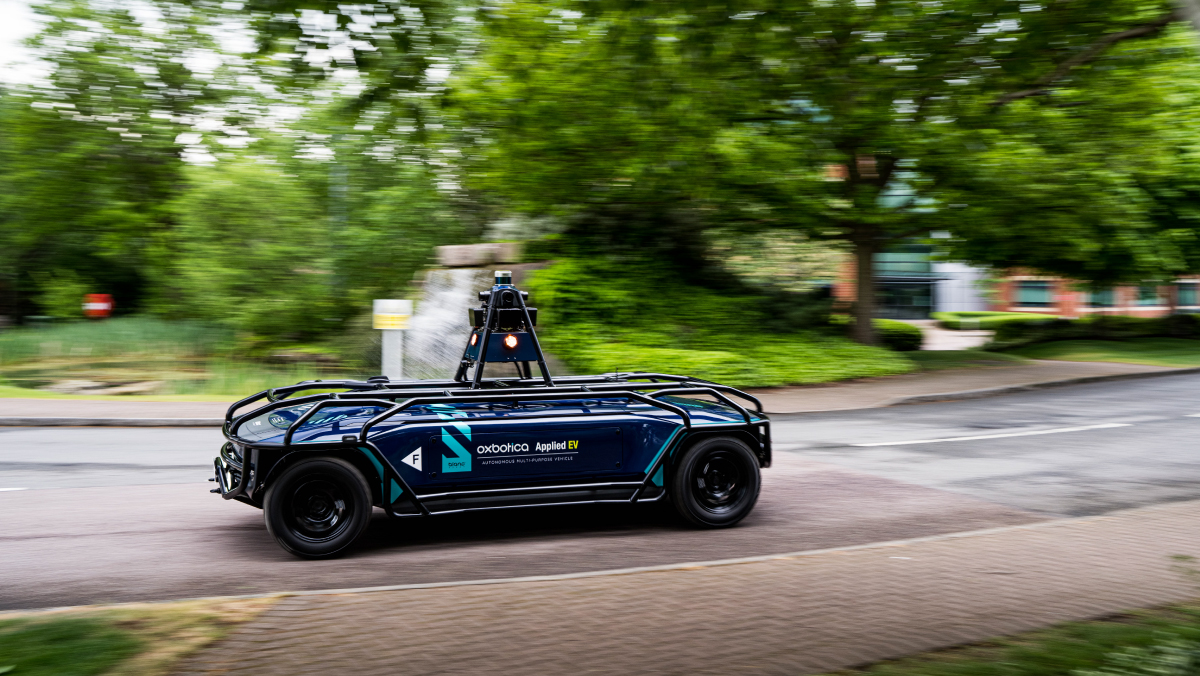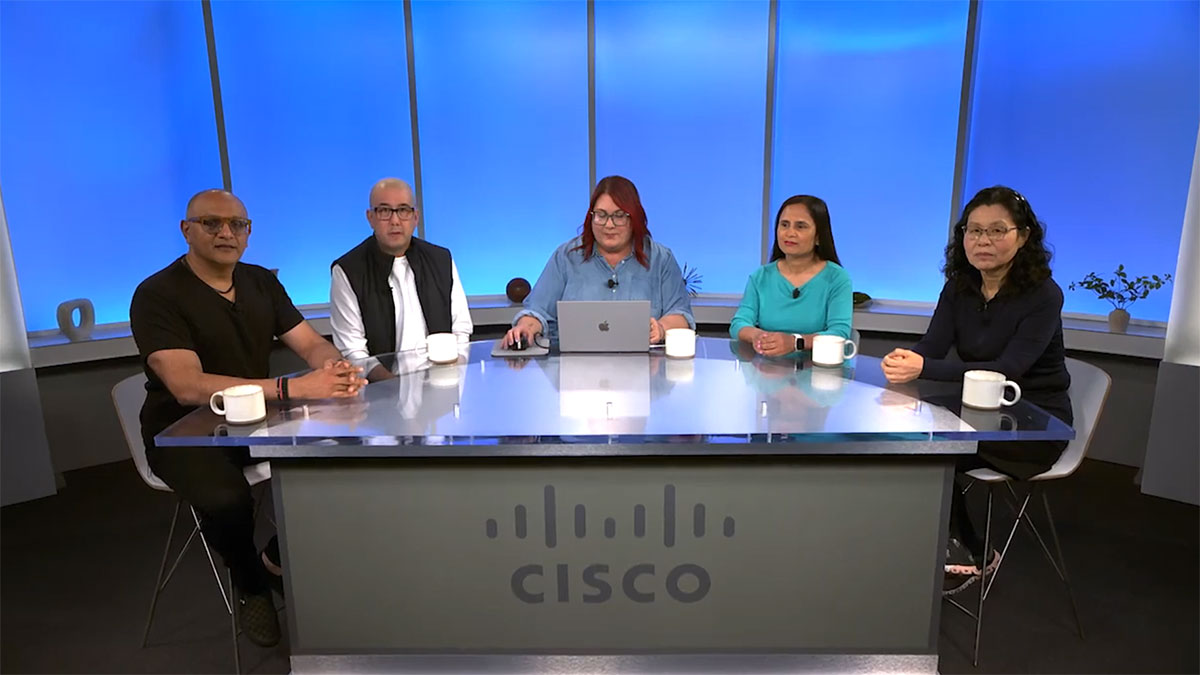By Paul Newman, Founder and CTO, Oxbotica
When I think about artificial intelligence, and the potential transformation that a combination of AI and autonomous vehicles can bring to society, I think of wolves. Specifically, a pack of wolves that was reintroduced to Yellowstone Park in the U.S. in the 1980s. The effects it had on the ecosystem amazed even the experts.
The wolves began hunting the elk in the park; as a result, the elk got leaner and faster and ate less. Over-grazing stopped and flowering plants returned, which in turn increased pollinator numbers, and more trees began to grow. With more tree roots holding the soil, the riverbanks seeped less silt into the water. Fish populations swelled. Then beaver colonies began damming the rivers, which created slower-moving water, allowing still more species to flourish.
This transformation came from a single pack of wolves doing what came naturally. It’s an example of an exponential effect called trophic cascade. And I am sure we are going to see a similar transformation through autonomous vehicle technologies, not just in towns and cities, but across communities and society.
Today our towns and urban areas are congested with traffic, clogged with smog, and designed around endless rows of parked cars sitting idle for days on end, until their driver takes a trip. It’s an antiquated model, which has its roots in the horse-and-cart era. But I believe Oxbotica — with partners like Cisco — can break old traditions and change the way we think about vehicles for good.
It starts with rethinking the fundamental axiom of one person per vehicle. Once we’re liberated from that, we can begin to reimagine the ways in which we design vehicles. Because so much of our thinking around vehicle design is rooted in the need to carry a human operator — whether that vehicle is taxiing people around a city, digging a deep mine, unpacking a warehouse, or any number of other tasks.
In addition, our vehicles cause so much damage – to humans, animals, and the environment, primarily because many have been designed in the wrong shape and size and with the wrong capabilities for what they really need to do.
When you invert the assumption that all vehicles need to carry a human operator, extraordinary things happen. Just imagine if the person driving a fleet of mining vehicles or taxis did not need to be anywhere near that fleet, even operating from a different continent. This enables us to reimagine how vehicles operate in our society so that our communities and worksites can be safer, cleaner and more efficient.
So, what are we doing to accelerate this revolution in autonomous transportation?
We start with a platform strategy. That means we specialize in what we’re great at: AI and the software that’s in the vehicle, the software that’s in the cloud, and the software that makes it all safe.
The way we see it, the people who do mining are great at mining. The folks who do ports are great at that. Nobody can run an airport like the people who run airports. And the companies that build their vehicles know all about their vehicles. So, we combine our expertise with theirs. As a horizontal solution across a range of verticals, our platform can be adapted to their needs so they can run their operations simply and seamlessly.
I believe that with this horizontal platform approach we can change the way the earth moves. And we’ll do it with critical support from great partners like Cisco.
Networking and security are vital to our software products, which shuffle huge amounts of data and must do so transparently, securely, and with low latency to connect vehicles and infrastructures.
Five years ago, when I first met with Cisco people, I knew right away we were a great fit. Cisco was already working in all the major verticals in which we were innovating — and a few places we were looking to go. We also knew that our customers could not be plugging cables into 160 different machines. Cisco solutions simplified that. And like us, Cisco builds security into all its products and platforms. It’s not just an afterthought; it’s fundamental.
Together we have created an architecture that will support autonomous transportation in an industry-specific, use-case-specific way. Our vehicles can operate in environments that might not be suitable or necessary for people – whether an oil field in a desert or a warehouse working autonomously - whilst connecting reliably and securely using Cisco technology. That connectivity has to be fit for the use case, which is why it is crucial that we co-create solutions to our problems together.
Cisco’s networking, security, and edge communication support enable our technology to thrive. And they free us to innovate in the areas in which we excel. That starts with what we call “compose architecture.”
In our case, the compose architecture is safe, secure, scalable, and future proof. We configure it vertically to suit any application: wind farms, oil refineries, warehouse forklifts, road vehicles, supermarkets, and so on. But the fundamental platform stays the same.
I’m super excited about the revolution we are unleashing. But we don’t believe in forcing anything on anybody. People will always love their vehicles. We imagine a smooth, incremental transition, starting with the kinds of industrial verticals we are targeting for innovation.
Once we break that one-operator-per-person model and replace it with a platform-based autonomy solution, the resulting innovation and change will be beyond what we can imagine today. And I’m thrilled to have Cisco as a partner to help create a cleaner, safer, less-congested, more energy-efficient future.
A powerful trophic cascade is at hand. Now the wolves have been set free and our ecosystem can begin to rebalance.
###



